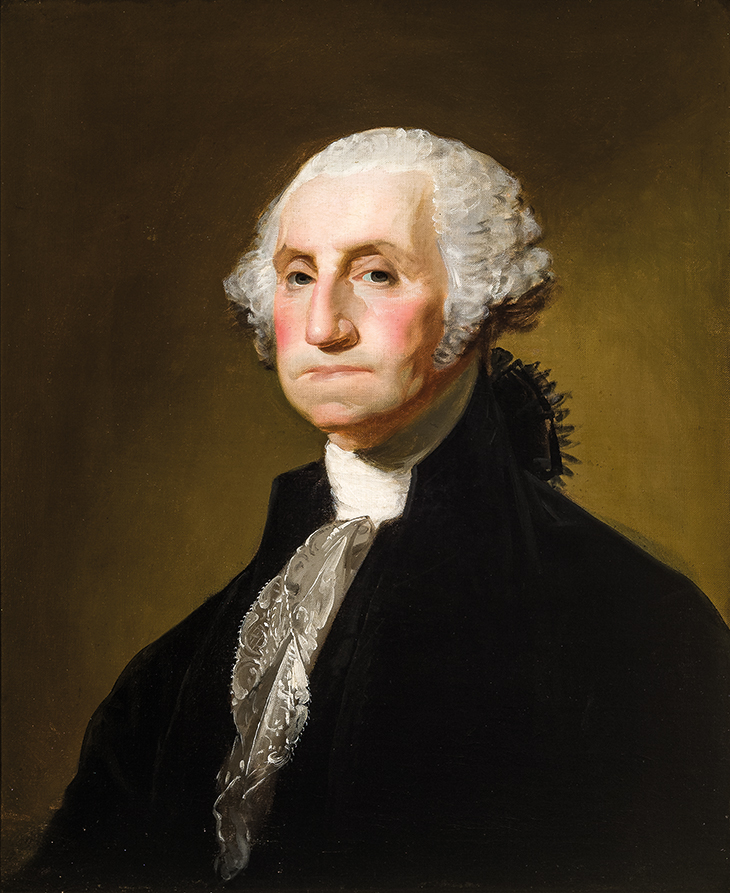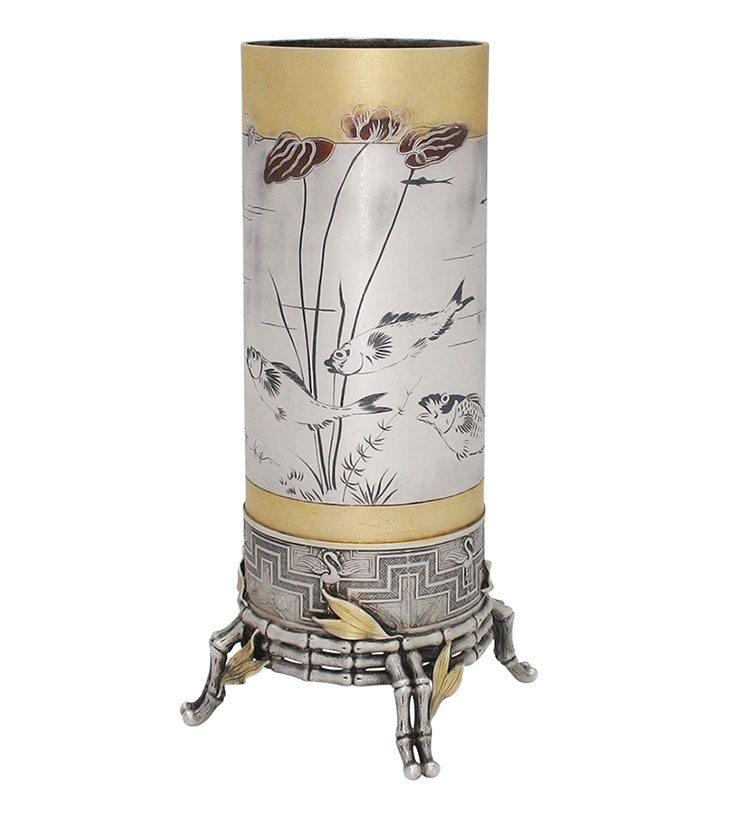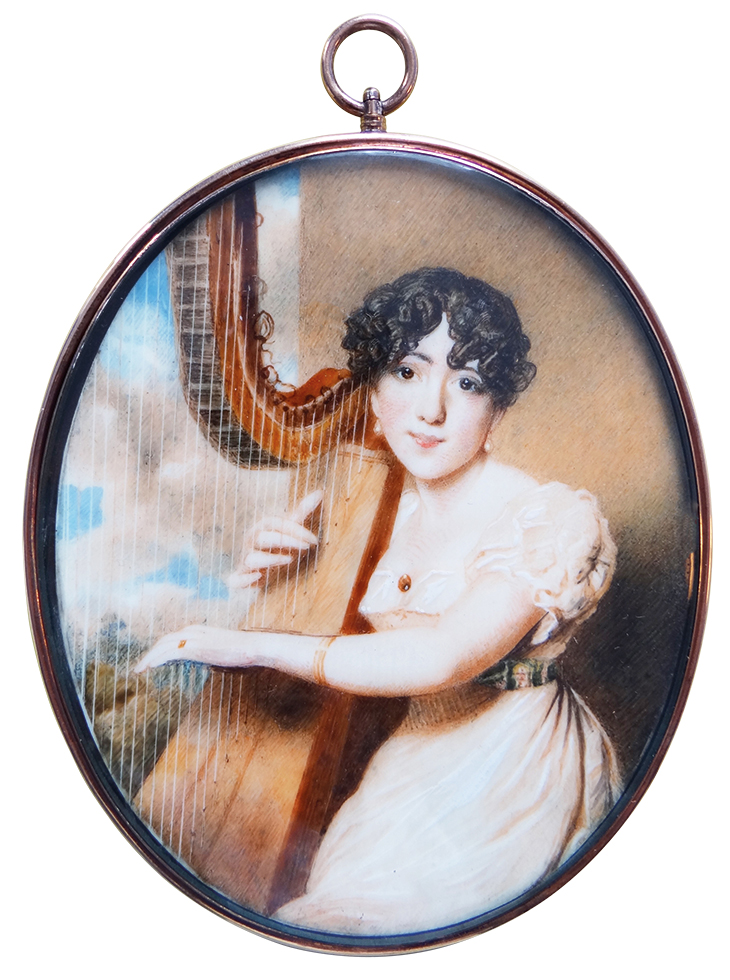The architectural personality of the Park Avenue Armory on Manhattan’s Upper East Side is so strong that it would seem unwelcoming for art fairs. From 1–5 November, TEFAF is having its fourth autumn showing at the late 19th-century building, with dealers making incursions into rarely seen ornate rooms. The objects will shed light in some ways on the surrounding architecture – informed observers may find their synapses firing in the booths and in between them.
The crenellated brick fortress opened in the 1880s as a headquarters for upper-crust soldiers, including Civil War victors. Its sense of impregnability was partly intended to convey the elites’ dominance over hoi polloi unrest – that is, soldiers were readying there to suppress workers’ street protests. Tastemakers including the architect Stanford White, and the protean designers Lockwood de Forest, Candace Wheeler and Louis Comfort Tiffany filled the Armory’s corridors and crannies with carved and painted tributes to military heroes and spoils of war. In recent decades, the nonprofit Park Avenue Armory Conservancy has raised hundreds of millions of dollars to restore the structure. Its barrel-vaulted drill hall has become known for enormous avant-garde art installations: billowing textiles, dancers leaping off platforms. TEFAF is among the first fairs to occupy the reception and clubhouse spaces tucked away on the ground and first floors, which have honey-coloured, domestic-looking mahogany panelling as well as intimidating iron light fixtures shaped like weaponry. This year, for the first time, a handful of TEFAF New York stands will have two dealers each, mingling contemporary art with related ancient works.
Bringing all this together in Victorian surroundings ‘will lead to new ways of thinking about old work’, says Sofie Scheerlinck, the managing director of TEFAF New York. The dealers, she says, ‘are excited about showing off a booth that they could actually live in themselves’. The effect is meant of course to inspire purchasers, too, to envision how well the combinations might work at home.

Portrait of George Washington (c. 1798), Gilbert Stuart. Hirschl & Adler Galleries (price on application)
London-based Charles Ede is pairing antiquities with abstract paintings and sculpture from Sean Kelly Gallery (New York). Striated markings and ridges will echo each other on an Egyptian granite stele densely etched with hieroglyphics worshipping the sun, a headless Roman marble god draped in a high-relief toga and a cross-hatched work by Idris Khan. A neon inscription by Joseph Kosuth will adjoin a Roman plaque written by a freed male slave to a freedwoman – which will resonate with anyone aware that Lincoln’s troops helped fund the Armory. Martin Clist, Charles Ede’s managing director, says the show’s contemporary components ‘will give spice and extra vibrancy’ and lead to ‘surprising conversations’.
Lillian Nassau, a Manhattan-based specialist in Louis Comfort Tiffany’s work, is setting up a booth tightly connected to the building’s original design team. Arlie Sulka, the gallery’s owner, has found a flared fireplace hood that Tiffany had made in the 1880s from Japanese iron sword-guards called tsuba. Dozens of the inches-wide discs, with geometric, floral and bird motifs, were pieced together on mica substrates that let firelight glow through. The tsuba pillar originally channelled smoke into the Manhattan skies from the library of Tiffany’s turreted masonry townhouse on East 72nd Street, designed in collaboration with Stanford White and Lockwood de Forest. The men would have been checking on their nearby Armory project while the fireplace was in progress – and tsuba-related rondel motifs can be found throughout the Armory, in metal balconies, stained-glass windows, woodwork and wall-coverings. By the 1910s, Tiffany had transferred the hood to the smoking room at his Alhambra-inspired country home, Laurelton Hall, in a Long Island hamlet. That property was largely destroyed in a fire in 1957, and the fireplace hood was salvaged and long kept in storage. Sulka would not yet disclose how she will display the architectural element, except to say: ‘It’s going to be extremely dramatic.’

‘Japonisme’ vase (c. 1876), Tiffany & Co. S.J. Shrubsole (price on application)
Charles Tiffany, Louis’s retailer father, developed a stable of artists who derived inspiration for Tiffany & Co. inventory from Japanese antiques. Silver specialist S.J. Shrubsole is filling its TEFAF booth with japoniste mixed-metal vessels from the 1870s and ’80s, which Tiffany & Co. staffers inlaid with botanical motifs and fish. Three-dimensional insects clamber along the rims, and the blossoms and foliage range from lotuses starting to bud to gourd leaves eroded by autumn rain. Benjamin Miller, the gallery’s director of research, reports that scholarly digging is underway to identify owners whose monograms are entwined with vines. Meanwhile, Shrubsole has already made a major discovery about the provenance of a baluster-stemmed silver ciborium, long mislabelled a 19th-century continental piece. It is now believed to have been made in the 1680s by John Cooqus for one of Charles II’s chapels. Its close cousin, James II’s Holyrood ciborium, belongs to National Museums Scotland. Shrubsole’s find survived the chapel destructions, Miller theorises, when ‘a priest snuck it out under his cloak’.

Jane Eliza Russell, Lady Russell (1816), Maria Bellett Browne. Elle Shushan (price on application)
Tambaran Gallery is offering a 19th-century wooden spirit with a heart-shaped face made by the central African Fang people, which has been largely forgotten since 1935, when it appeared in the Museum of Modern Art’s groundbreaking ‘African Negro Art’ show and was photographed by Walker Evans. Elle Shushan, a portrait-miniatures specialist, has been stockpiling for TEFAF with images of 19th-century Britons in India by artists including George Chinnery’s star pupil Maria Bellett Browne. A portrait of George Washington by Gilbert Stuart from around 1798 (at Hirschl & Adler Galleries) spent much of the 19th century in the hands of the British eccentric Reginald Cholmondeley and the Orientalist painter Frederick Goodall. No one knows which prosperous couple first owned twin Fabergé marriage cups on ziggurat pedestals (at A La Vieille Russie), covered in peacock feathers made of five shades of gold.
While researching this article, I kept finding more connections between material for sale and Armory history. Tiffany and Fabergé patrons, workers and family members knew each other and shared tastes for peacock feathers, for instance, and I even got granular enough to realise that Reginald Cholmondeley was a friend of Tiffany client Mark Twain. The Stuart portrait of Washington might have been on view when Twain visited Cholmondeley at Condover Hall in Shropshire, around the same time that the writer warmed himself at Tiffany’s Manhattan fireplace, previewed the Armory and commissioned interiors from Tiffany, de Forest and Wheeler et al. for a house in Hartford, Connecticut. Which is what TEFAF, in a Park Avenue paean to battlefield strength, can do: inspire viewers to dig deeper and have a sense of triumph.
TEFAF New York Fall takes place at the Park Avenue Armory from 1–5 November.
From the October 2019 issue of Apollo. Preview and subscribe here.














![Masterpiece [Re]discovery 2022. Photo: Ben Fisher Photography, courtesy of Masterpiece London](http://zephr.apollo-magazine.com/wp-content/uploads/2022/07/MPL2022_4263.jpg)
‘Like landscape, his objects seem to breathe’: Gordon Baldwin (1932–2025)